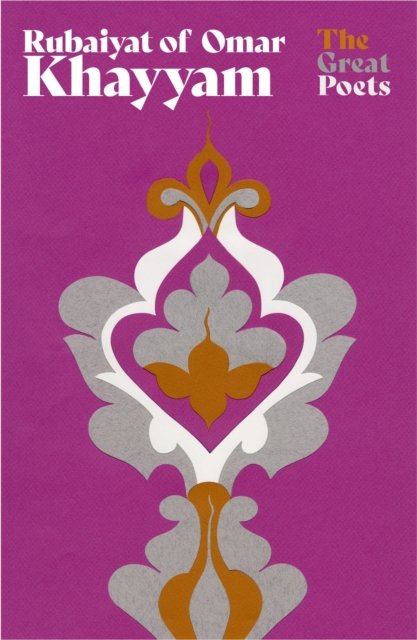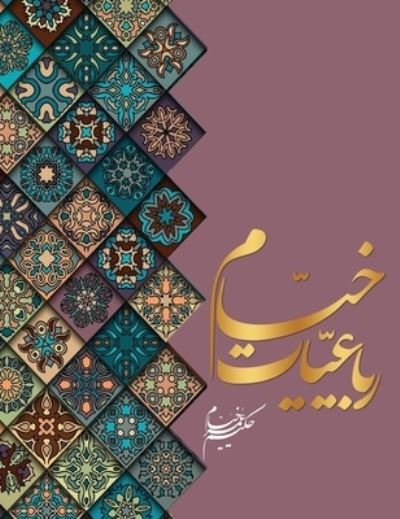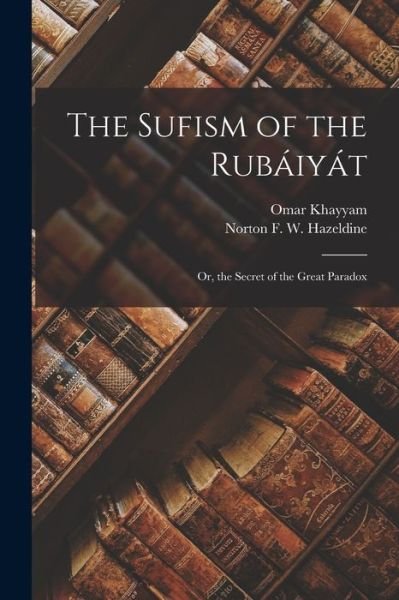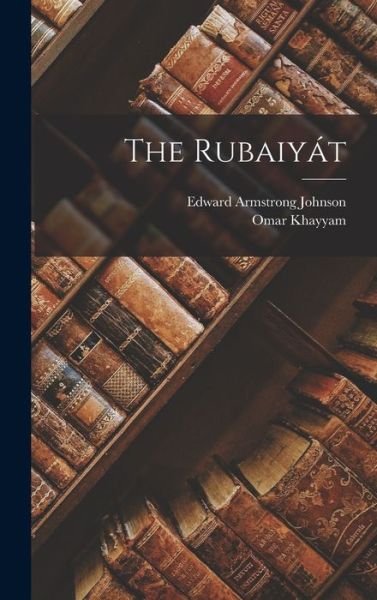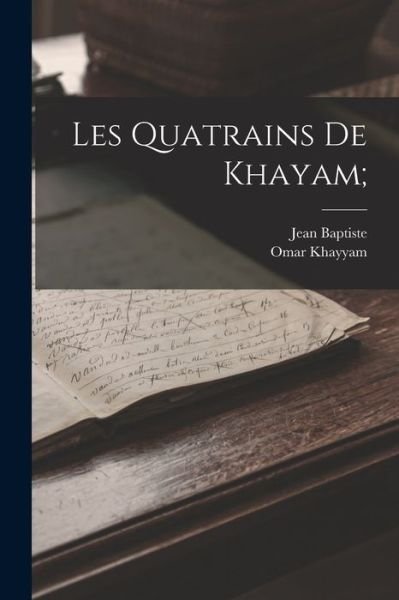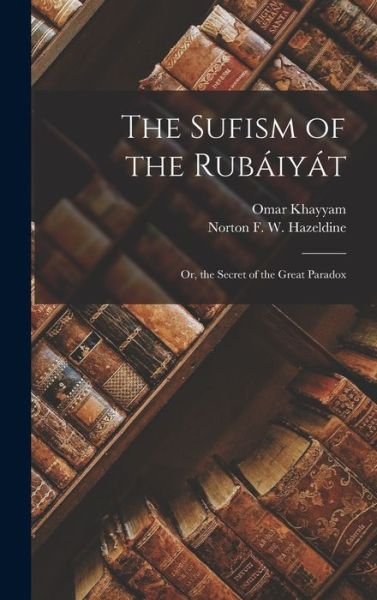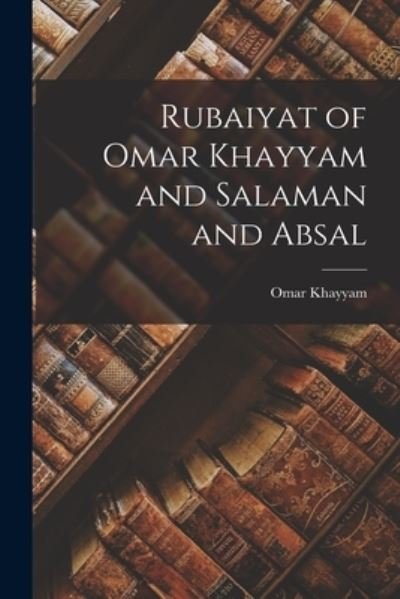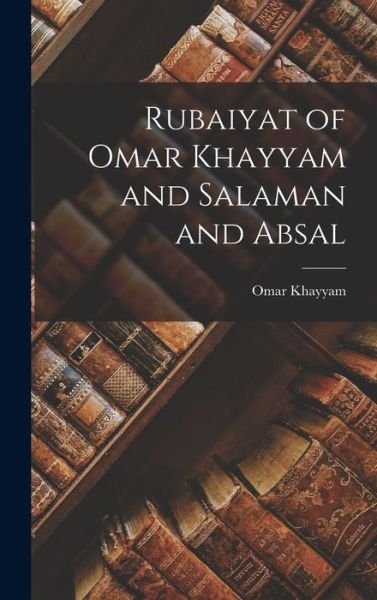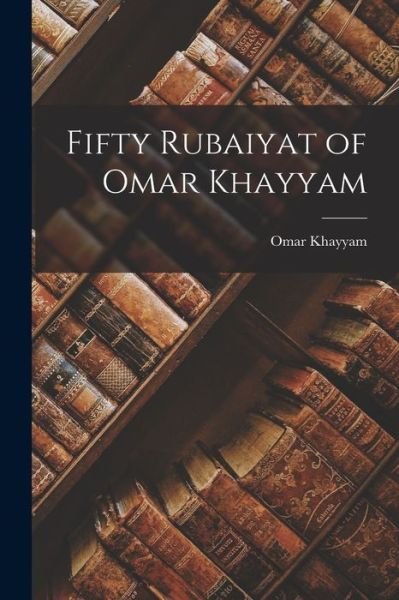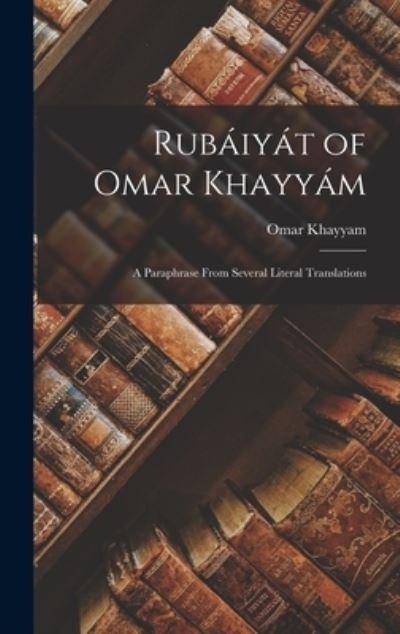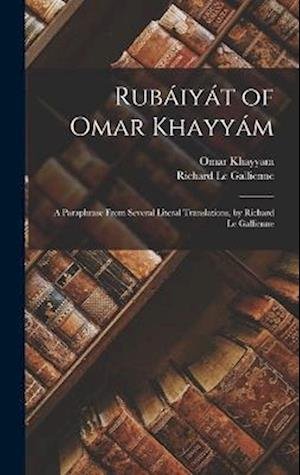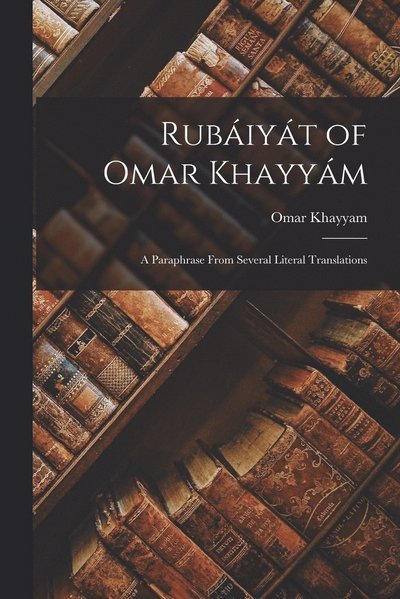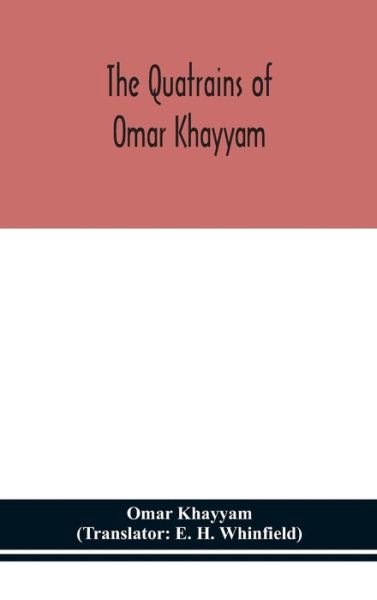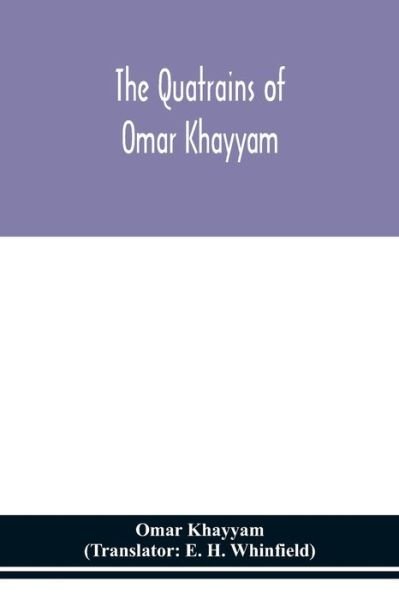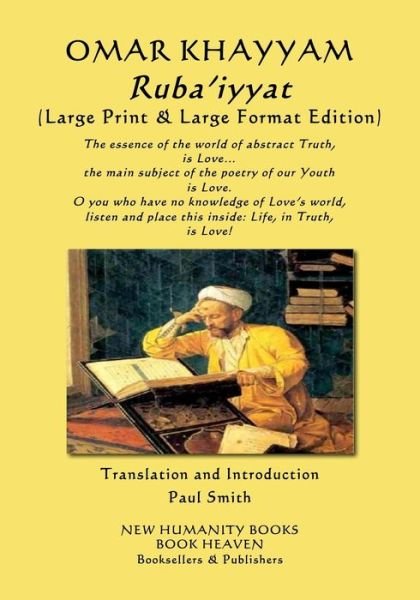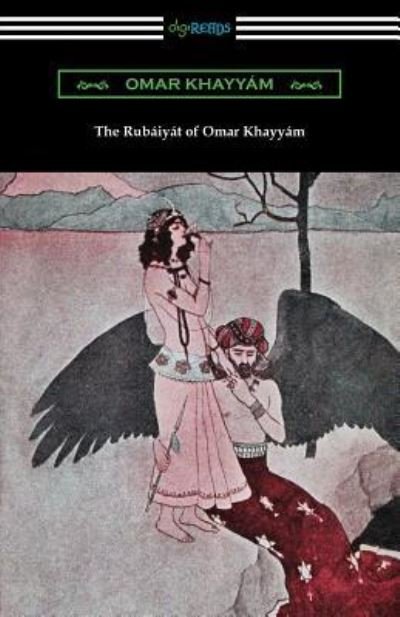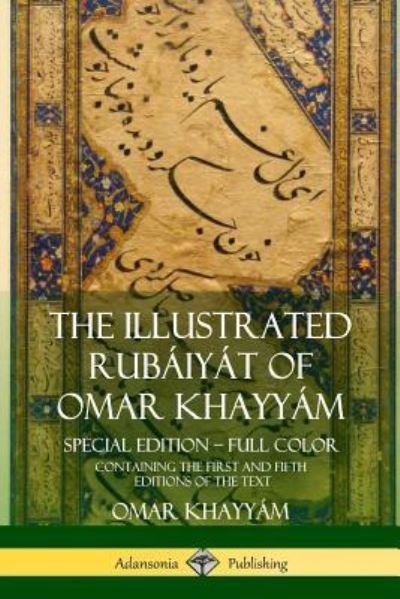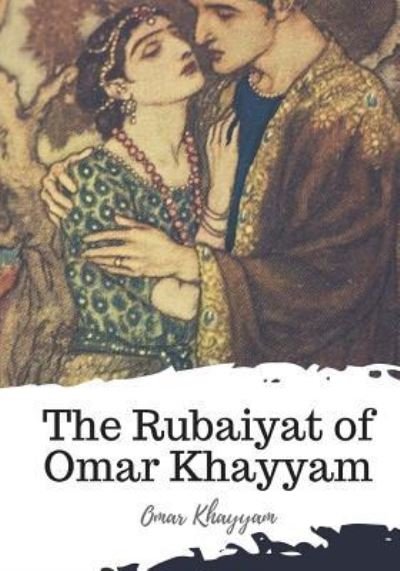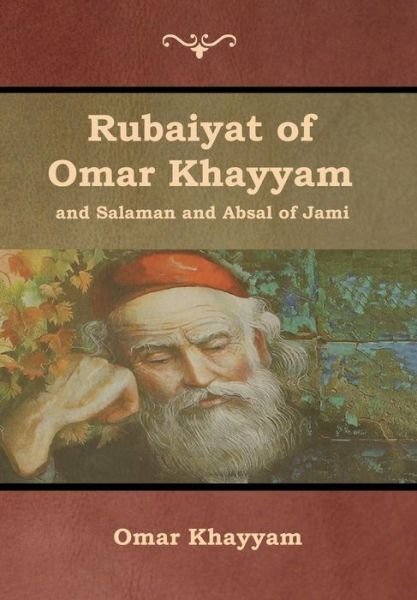
Tell your friends about this item:
Rubaiyat of Omar Khayyam and Salaman and Absal of Jami
Omar Khayyam
Rubaiyat of Omar Khayyam and Salaman and Absal of Jami
Omar Khayyam
Omar Khayyam (18 May 1048 - 4 December 1131) was a Persian mathematician, astronomer, and poet. He was born in Nishapur, in northeastern Iran, and spent most of his life near the court of the Karakhanid and Seljuq rulers in the period which witnessed the First Crusade.
As a mathematician, he is most notable for his work on the classification and solution of cubic equations, where he provided geometric solutions by the intersection of conics. Khayyam also contributed to the understanding of the parallel axiom. As an astronomer, he designed the Jalali calendar, a solar calendar with a very precise 33-year intercalation cycle.
There is a tradition of attributing poetry to Omar Khayyam, written in the form of quatrains. This poetry became widely known to the English-reading world in a translation by Edward FitzGerald (Rubaiyat of Omar Khayyam, 1859), which enjoyed great success in the Orientalism of the fin de siècle.
Omar Khayyam was born in Nishapur, a leading metropolis in Khorasan during medieval times that reached its climax of prosperity in the eleventh century under the Seljuq dynasty. Nishapur was, at the time, a major center of the Zoroastrian religion. It is likely that Khayyam's father was a Zoroastrian who had converted to Islam. He was born into a family of tent-makers (Khayyam). His full name, as it appears in the Arabic sources, was Abu'l Fath Omar ibn Ibrahim al-Khayyam. In medieval Persian texts he is usually simply called Omar KhayyÄm.
His boyhood was spent in Nishapur. His gifts were recognized by his early tutors who sent him to study under Imam Muwaffaq Nishaburi, the greatest teacher of the Khorasan region who tutored the children of the highest nobility. In 1073, at the age of twenty-six, he entered the service of Sultan Malik-Shah I as an adviser. In 1076 Khayyam was invited to Isfahan by the vizier and political figure Nizam al-Mulk to take advantage of the libraries and centers in learning there. His years in Isfahan were productive. It was at this time that he began to study the work of Greek mathematicians Euclid and Apollonius much more closely. But after the death of Malik-Shah and his vizier (murdered, it is thought, by the Ismaili order of Assassins), Omar had fallen from favour at court, and as a result, he soon set out on his pilgrimage to Mecca... He was later allowed to return to Nishapur owing to his declining health. Upon his return, he seemed to have lived the life of a recluse. Khayyam died in 1131 and is buried in the Khayyam Garden. (wikipedia.org)
| Media | Books Hardcover Book (Book with hard spine and cover) |
| Released | June 13, 2019 |
| ISBN13 | 9781618955388 |
| Publishers | Bibliotech Press |
| Pages | 104 |
| Dimensions | 152 × 229 × 10 mm · 312 g |
| Language | English |
More by Omar Khayyam
See all of Omar Khayyam ( e.g. Paperback Book , Hardcover Book , Book , CD and MP3-CD )

 Christmas presents can be returned until 31 January
Christmas presents can be returned until 31 January


